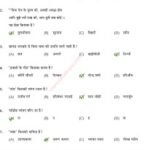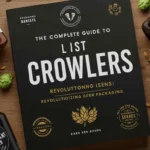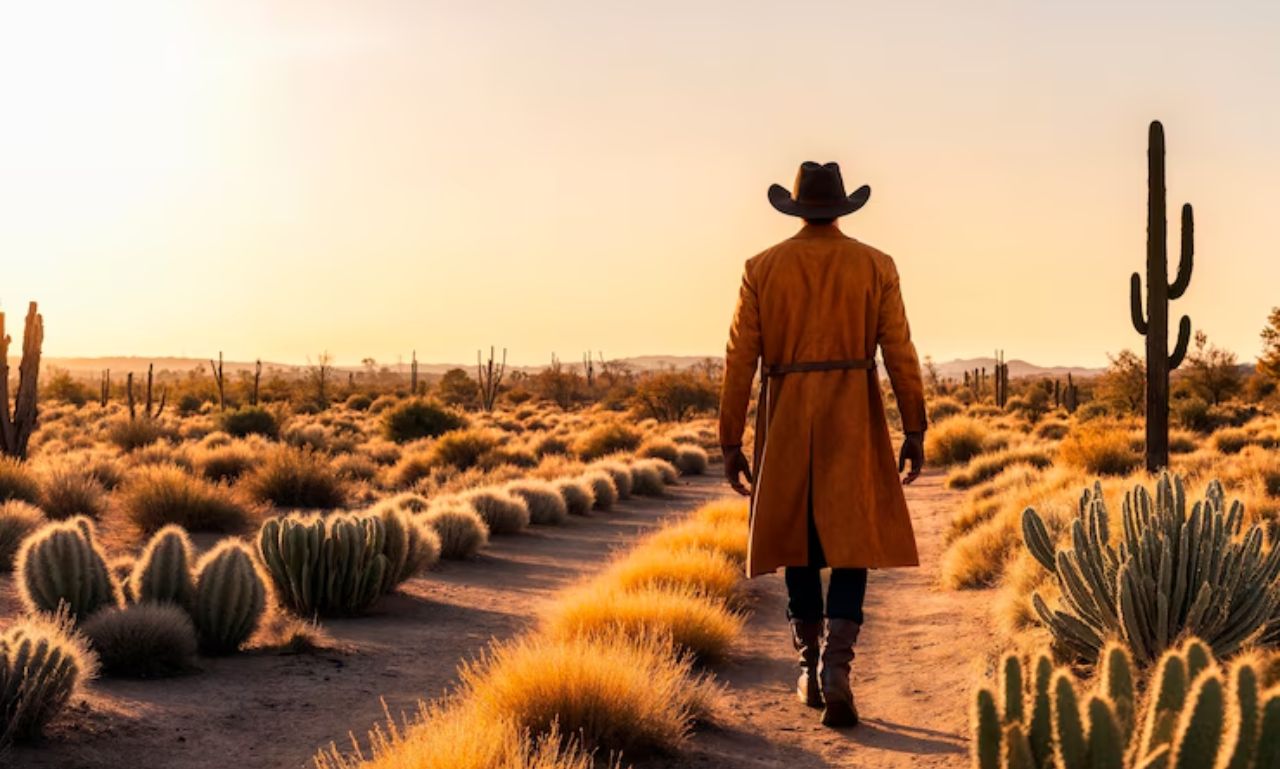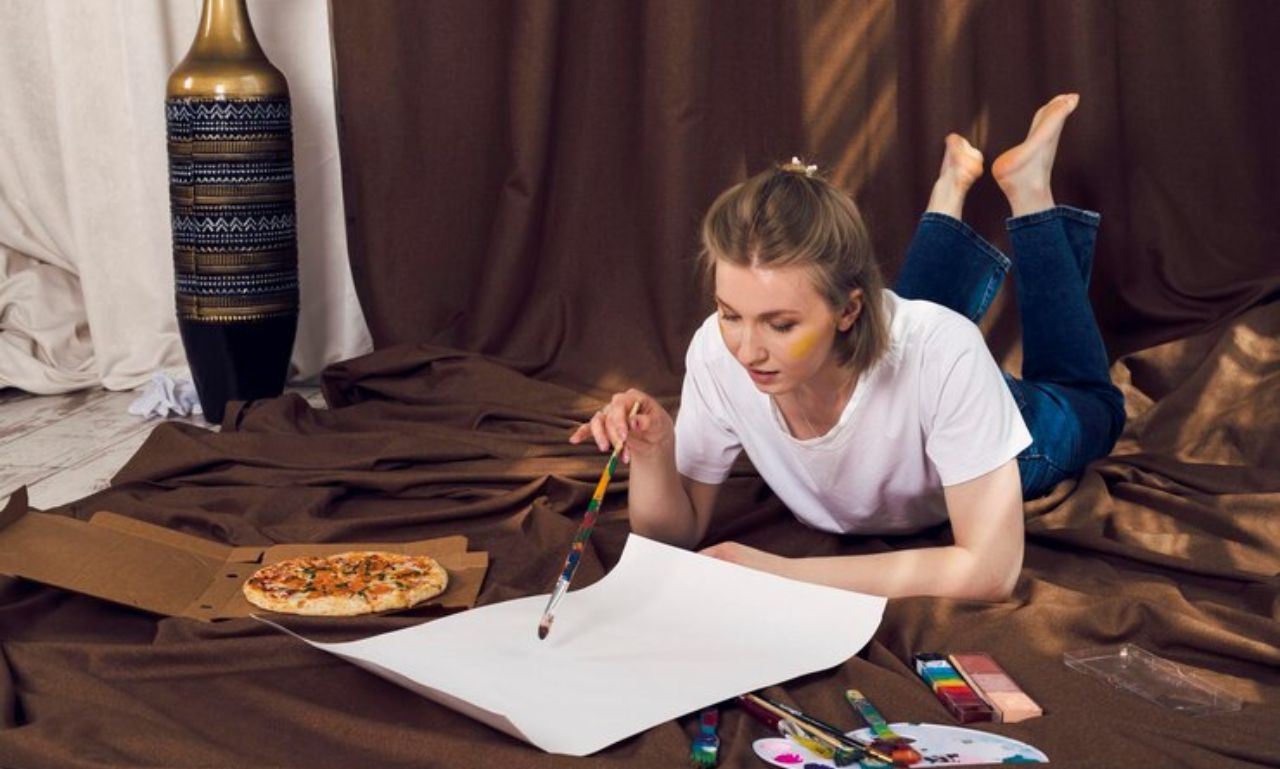The Enduring Legacy of the western duster
One of the most iconic pieces of clothing in American frontier history is the western duster. Originally intended as protective apparel for cattle drivers, this long coat has transcended its practical roots to become a symbol of rugged individuality and Western heritage.
This thorough guide examines:
- The development of the duster from a 19th-century necessity to a contemporary fashion statement
- Important design components that characterize genuine Western dusters
- The cultural significance of the coat in forming the image of the cowboy
- Modern uses outside of ranching
- How to recognize high-quality duster coat structure
Historical Origins of the Duster Coat
The 1860s–1880s Cattle Drive Era
When American cattle drives were at their height, cowboys required protection from:
- Trail dust (on drives, up to 6″ deep)
- Chaparral brush (ordinary materials were torn by thorns)
- Unexpected weather shifts (from hailstorms to a blazing sun)
Historical Origins of the Duster Coat
The Cattle Drive Era (1860s–1880s):
- During the height of American cattle drives, cowboys needed protection from:
- Chaparral brush (thorns tore regular fabrics).
- Trail dust (which could reach 6″ deep on drives).
and sudden weather changes (from hailstorms to scorching sun).
- The first dusters were made of heavy canvas (often waxed for water resistance).
- Recycled grain sacks (for poorer cowboys).
- And oilcloth (the forerunner of contemporary waterproof fabrics).
The Golden Age of Westerns (1920s-1950s)
Hollywood solidified the duster’s reputation as a legend by:
Tom Mix flicks (the first to use styled dusters to dress actors)
The outfit of John Wayne (who wore dusters in 27 Westerns)
“The mysterious stranger’s long coat” was highlighted in the descriptions of radio serials.
Anatomy of an Authentic western duster
1. Length & Silhouette Traditional:
- Calf-length (34″-36″ for normal men) Modern variations:
- Knee-length (28″-30″) Functional flare:
- 2″-4″ broader at hem than shoulders
2. Signature Design Features
| Element | Purpose | Modern Equivalent |
|---|---|---|
| Gun flaps | Quick-draw access | Decorative stitching |
| Deep armholes | Saddle mobility | Raglan sleeves |
| Split back | Horseback comfort | Center vent |
3. Material Evolution
20th century:
- 12-oz waxed cotton (such as British Millerain)
- Technical blends with breathable membranes;
- premium steerhide for motorcycle versions;
- 10-oz waxed canvas;
- Raggede reinforcing at stress spots
Cultural Impact & Symbolism
The Duster in American Legend:
- Wyatt Earp’s Dodge City duster from 1881
- Billy the Kid’s supposed “death coat” is an example of an outlaw.
- Literary figures: Appears in 78% of Louis L’Amour novels
Modern Subcultures That Adopted the Duster
- Modern Subcultures That Adopted the Duster Urban Cowboys (1980s line dance craze)
- Steampunk Enthusiasts (modified with gear attachments)
- Post-Apocalyptic Cosplayers (distressed leather versions)
Functional Applications Today
1. Ranching & Outdoor Work
Best modern brands: Filson, Carhartt, Walls
Key upgrades:
- Cordura reinforcements
- ARMAVENT waterproofing
- RFID-blocking pockets
2. Benefits of Motorcycle Riding Safety:
- Leather that is 0.8–1.2 mm thick guards against road rash.
- High collars quickly deflect the wind.
- Engine heat is shielded by longer cuts.
3. Features that have been authorized by Equestrian Sports Dressage:
- Stirrup holders made of elastic
- Saddle-area panels that breathe
- Impact protection with CE certification
The Duster in Contemporary Fashion
High-End Interpretations
- Expensive interpretations of Saint Laurent ($2,495 leather duster, 2023 collection)
- RRL by Ralph Lauren (Waxed canvas, limited edition)
- Schott NYC (designs inspired by motorcycles)
Adaptations for Streetwear
- Japanese reiwa duster (tech fabrics, cropped length)
- Versions of techwear (with concealed pockets and waterproof zippers)
- Designs that are gender-neutral (worn by Harry Styles and Billie Eilish)
Regional Variations
- Bison leather linings in the Northern Plains style
- Hoods with fur trim
- Longer cut (to protect against snow)
- Lighter cotton mixes in the Southwest style
- Navajo-style needlework
- Accents on Concha buttons
- Australian Drover Coats: Made of waxed wool
- Attachments for D-ring belts
- Expanded storm flaps
How to Authenticate Vintage Dusters
Reproduction Warning Signs:
- Polyester thread (should be linen),
- hand-stitched buttonholes,
- copper rivets (not brass),
- Natural indigo dye that fades to pale gray,
Reproduction Warning Signs
- (authentic are knife-cut),
- laser-cut leather
- Uniform wear patterns (actual aging occurs at stress spots)
Caring for Your Duster
Upkeep of Leather
- Use saddle soap to clean every six months.
- Apply a mixture of beeswax to condition
- Keep on broad wooden hangers.
Waxed Cotton Maintenance Procedure for Rewaxing:
- Warm the clothing to 100°F.
- Use circular motions to apply the wax.
- Using a hair dryer
Storage Advice:
- Steer clear of plastic as it generates mildew.
- To keep moths away, use cedar blocks.
- Hang in an area with climate control.
Conclusion: Why the Duster Endures
The duster has remained relevant from the dusty Old West trails to contemporary fashion runways by:
- Unmatched outdoor work functionality
- Flexibility in response to shifting fashion trends
- Cultural resonance as an independent symbol
The Western duster continues to be one of fashion’s most effective combinations of form and function, serving as both practical equipment and a cultural icon.
western duster: Frequently Asked Questions (FAQs)
1. What is a Western duster?
A long, lightweight coat used by cowboys for dust/wind protection, often calf-length with vents for riding.
2. When were dusters originally used?
Cattle drives of the 1860s and 1880s popularized it, and Western movies from the 20th century made it iconic.
3. What kinds of materials are genuine?
Conventional: Oilcloth or waxed canvas. Contemporary: Technical mixes, leather, or waxed cotton.
4. How do you fit a duster?
Sleeves are 1″ longer, the hem is 4-6″ off the ground, and the shoulders are 2″ larger than usual.
5. Are dusters appropriate for women?
Indeed! Modified versions were worn by ranch women in the past; contemporary brands include women’s cuts.
6. Are dusters still useful in the modern world?
Yes, for:
- Motorcyclists and ranchers (protection)
- Authentic Western reenactors
- Fashion (item of statement)
7. What is the range of prices?
- Budget: 100 − 100 − 200
- Between 200 and 500 (mid-range)
- $500+ (custom/premium)










